
Queens, one of the first COVID-19 epicenters, faces a new crisis: hunger
In one of New York’s most diverse communities, food banks struggle to meet the growing demand from immigrant families out of work.
It’s just a handful of New York City neighborhoods—some 10 square miles in the northern part of Queens—but it serves the cuisines of the world. On Sunday morning in a Corona neighborhood plaza, an outdoor mass in Spanish draws churro carts and juice vendors offering their wares to parishioners passing by. In Jackson Heights—the most culturally diverse place in the world, where an estimated 167 languages are spoken—crowded thoroughfares are lined with eateries and grocery stores from around the globe: Colombian bakeries and Nepalese noodle shops, Bangladeshi bazaars and Afghan cafés.


Yet for many people who live here, food hardship—a lack of reliable access to enough affordable and nutritious food—is a chronic concern that’s only worsened during the pandemic.
In November 2019, levels of food hardship hovered around 50 percent among households in neighborhoods such as Jackson Heights, Elmhurst, and Corona, according to Poverty Tracker, a city-wide study by the poverty-fighting nonprofit Robin Hood in partnership with Columbia University. “Before the pandemic, food hardship was actually probably higher than people recognize,” said Sarah Oltmans, Robin Hood’s chief of grant strategy. “Sometimes, or often, you’re running out of food at the end of the month, or you’re worried that your food will run out.”
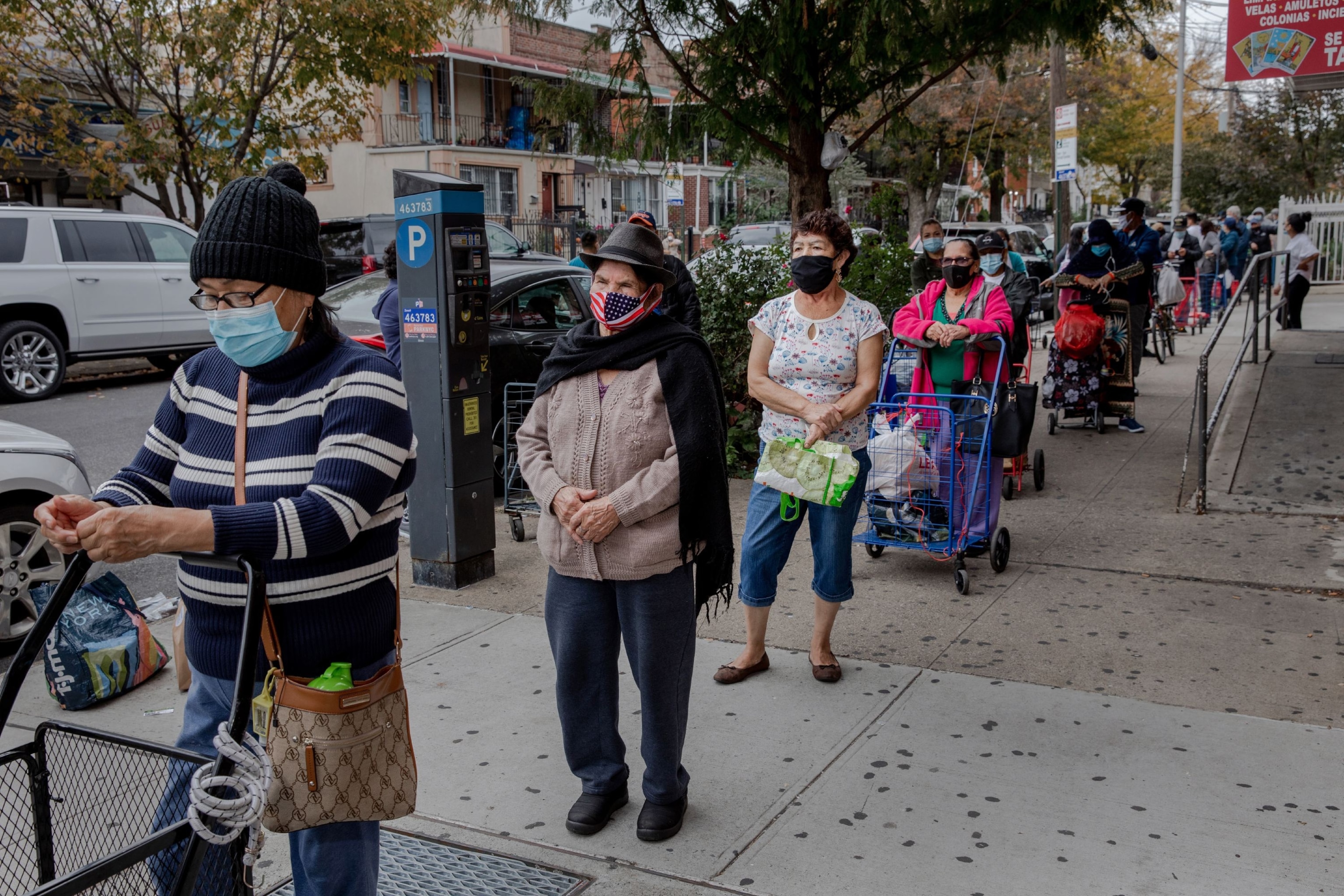

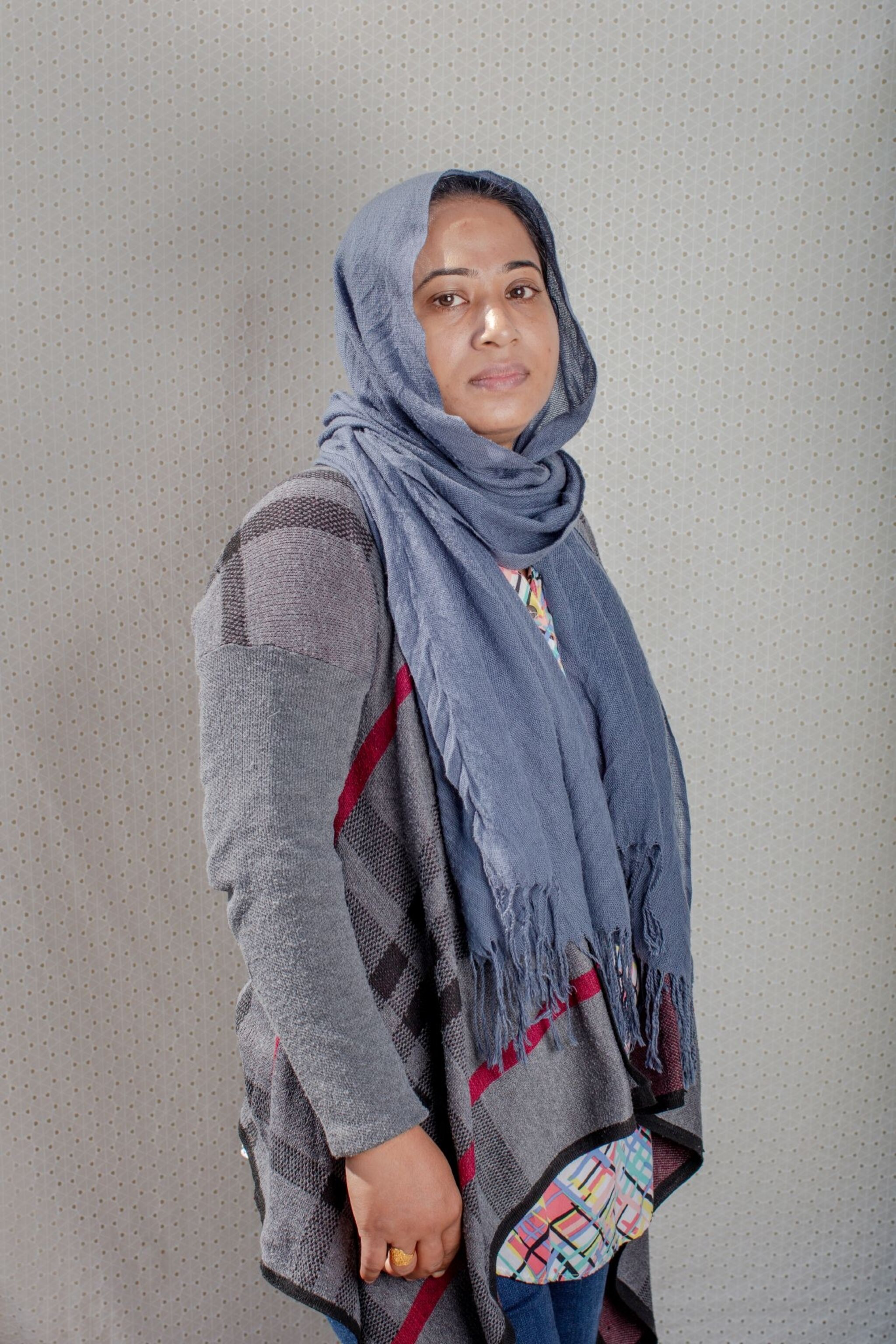
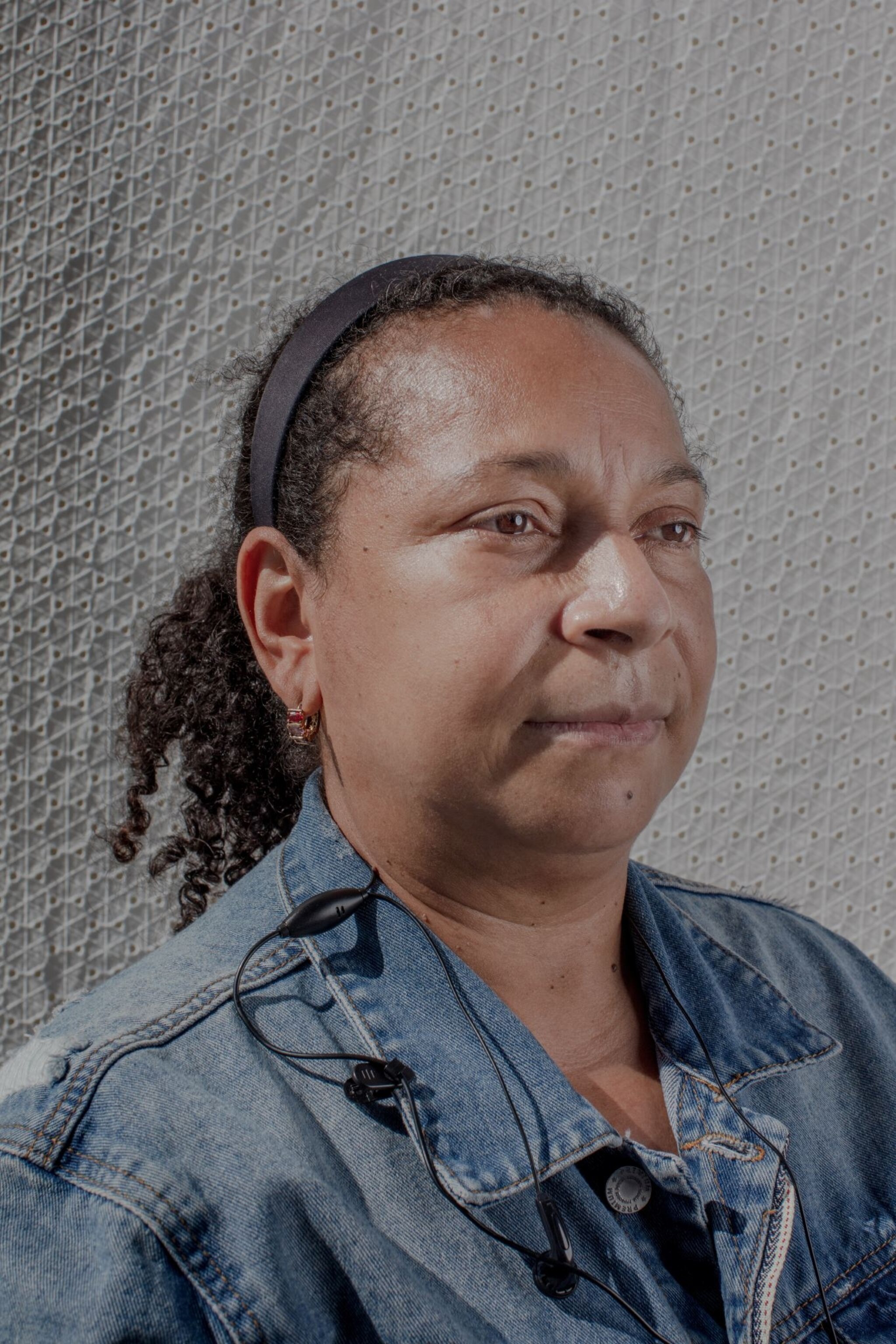

The situation has only worsened since the pandemic ravaged this part of Queens, which came to be known as the “epicenter of the epicenter” of the COVID-19 outbreak in the U.S. in spring 2020. “Queens being kind of the epicenter of the pandemic, it’s also maybe the center of the economic fallout, too,” said Oltmans. (One in six Americans could go hungry in 2020 as the pandemic persists.)
Queens’ official unemployment rate in October was 13.1 percent, according to the New York State Department of Labor. But the real number was likely higher given the large number of undocumented immigrants working informal or gig-economy jobs not reflected in state data. During the summer, numerous social-services organizations across New York City reported at least 75 percent of their immigrant clients had lost jobs because of the pandemic. With joblessness rampant, many more families are now seeking help from food pantries scattered about the borough.
That’s what led Ciria Santiago, an undocumented Mexican immigrant who came to the U.S. in 2005, to wait in line for food for the first time this spring. She lives in a small one-bedroom apartment in North Corona with her husband and their seven-year-old daughter Katya; her 25-year-old nephew, who immigrated from Veracruz in January, sleeps on the living room couch. When Ciria’s husband and nephew lost work in the restaurant industry, and a lack of business forced Ciria to permanently close her shoe store, the family was suddenly faced with a devastating choice: Go out to search for food—and potentially bring back the virus—or go hungry. “March was especially stressful,” Ciria said. “We were worried we wouldn’t have enough.”


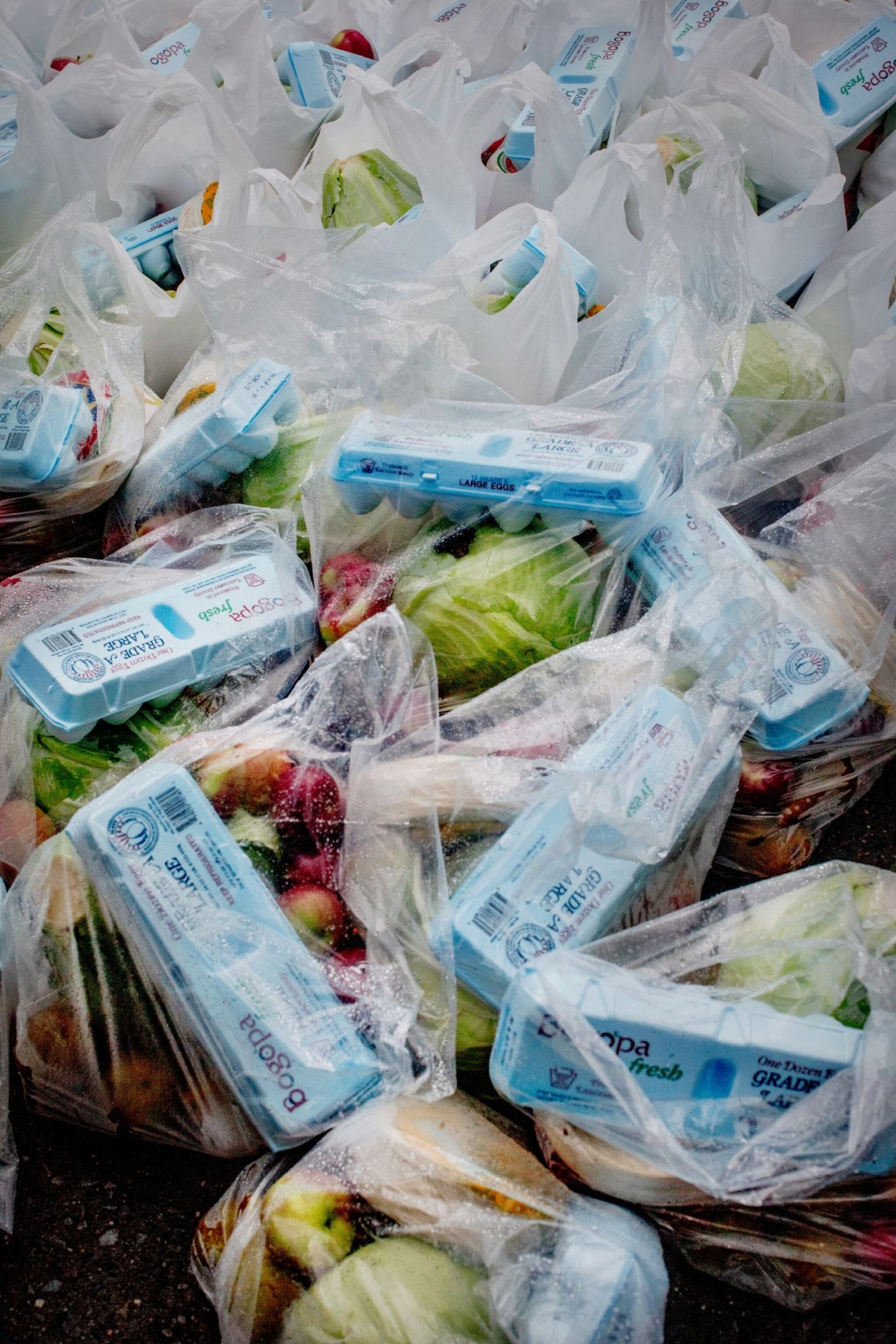


Since March, the lines have regularly wrapped around street corners and stretched on for blocks at Queens food banks like La Jornada, a network of pantries across the borough run by an Evangelical nonprofit, and CENTI, a church-run pantry in Jackson Heights. People wait hours for food donations to arrive; some mingle quietly in shared languages, others exchange a few words through their masks in polite, halting English.
There are Tibetans and Albanians, Indians and Koreans; young fathers and elderly women, new arrivals and longtime American residents. People like Braulio and Nelly, an older couple who have lived in a rented basement room in Flushing for years while sending money back home to Ecuador to pay for their children’s studies; Huang, from Fujian, China, who lost his job in a Chinese restaurant when it closed because of the virus; and Lutfun from Bangladesh, a mother of two whose husband hasn’t gotten behind the wheel of his taxicab (a business already suffering) since he fell ill with COVID-19 in the spring.
Pedro Rodríguez, executive director of La Jornada, says the demand has been enormous and unprecedented. The last weekend in March, the line at his Flushing pantry was 28 blocks long. “Now we are a major operation,” Rodríguez said. “We’ve gone from serving 1,000 families to 7,000 families per week.”
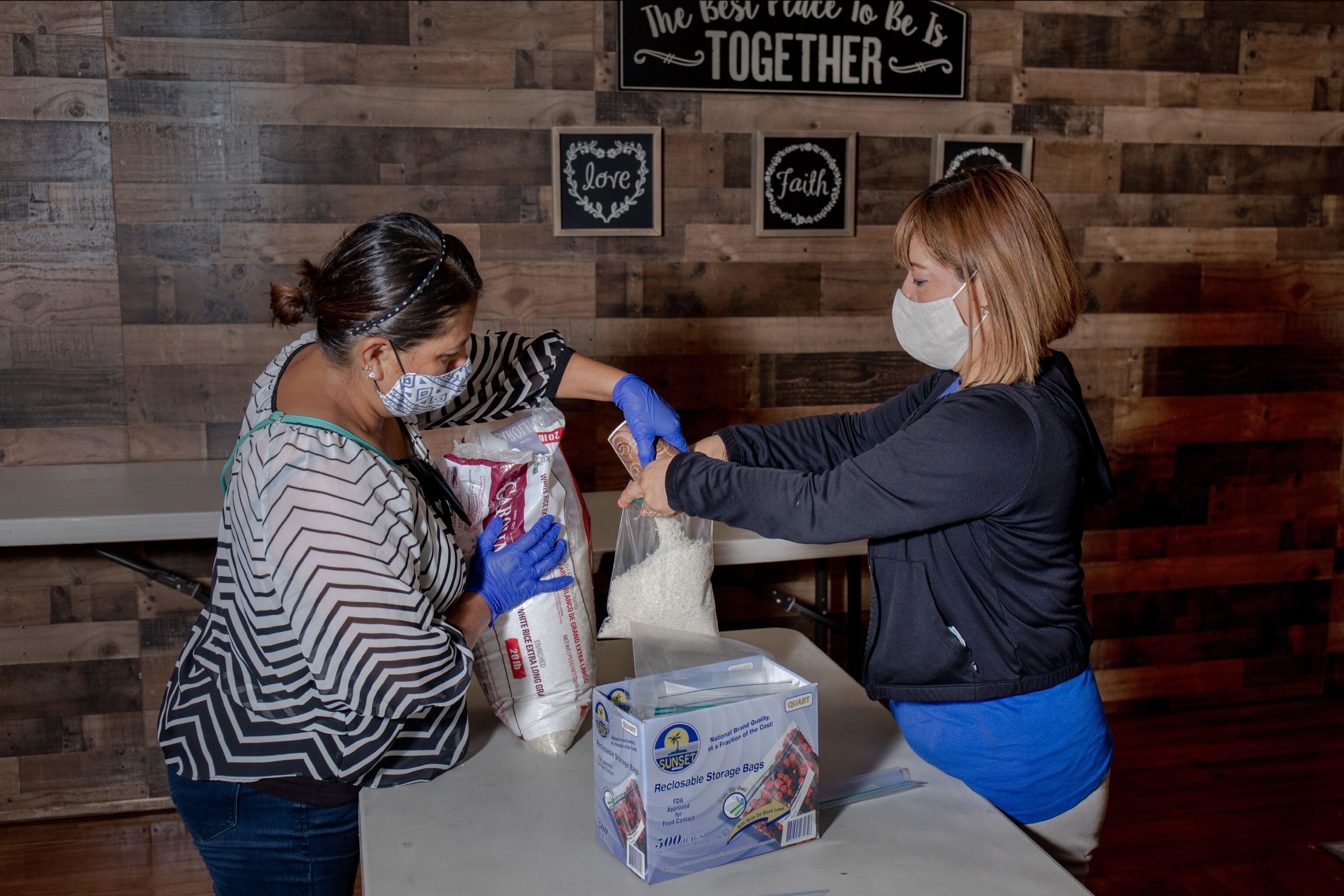

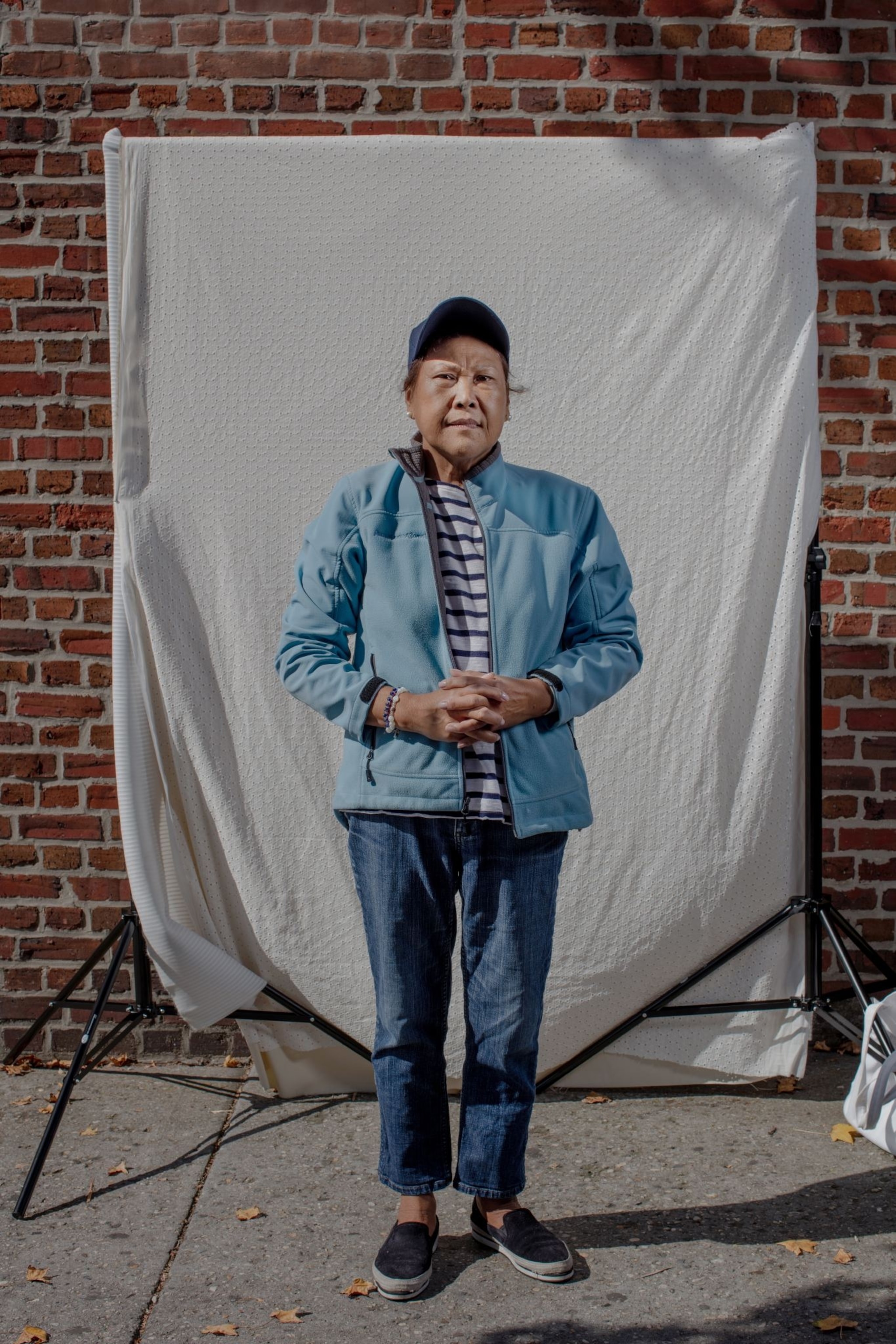


Across the city, Latino and Black New Yorkers are two to three times more likely to face food hardship as white New Yorkers, according to the Poverty Tracker researchers. They attribute this to the same systemic issues that caused the virus to so badly ravage communities of color. Immigrants in Queens face severe overcrowding in housing. It’s not uncommon for entire families to live in single rented bedrooms or in dark, musty basements; sometimes as many as 15-20 people share a home or apartment. Many of these people—line cooks and construction workers, housecleaners and nannies, cab drivers and food-app delivery drivers—work low-paying, often essential service jobs that cannot be done remotely. (Here’s how the new coronavirus surges compare to New York City’s peak.)
Economic struggles among Queens immigrant communities will have far-reaching effects on food hardship across the planet because of a lack of money to send home. The World Bank estimates that the amount of money transferred by immigrants around the world to their home countries—where these personal remittances often make up a significant portion of national GDPs—will drop a total of 7 percent in 2020 because of the pandemic. “That has a huge impact on their families back home, many of whom are solely dependent on remittances that are being received for day-to-day consumption purposes, most of all for food and housing,” said Amil Aneja, lead specialist on migration and remittances at the UN Capital Development Fund.
Ciria Santiago, her husband, and her nephew sent remittances to family members in Mexico until the pandemic took hold. The reverberating effects back home in Veracruz have been devastating, she said: “Let’s say someone used to eat bread twice a week, now they’re eating it only once. Money is different now.”
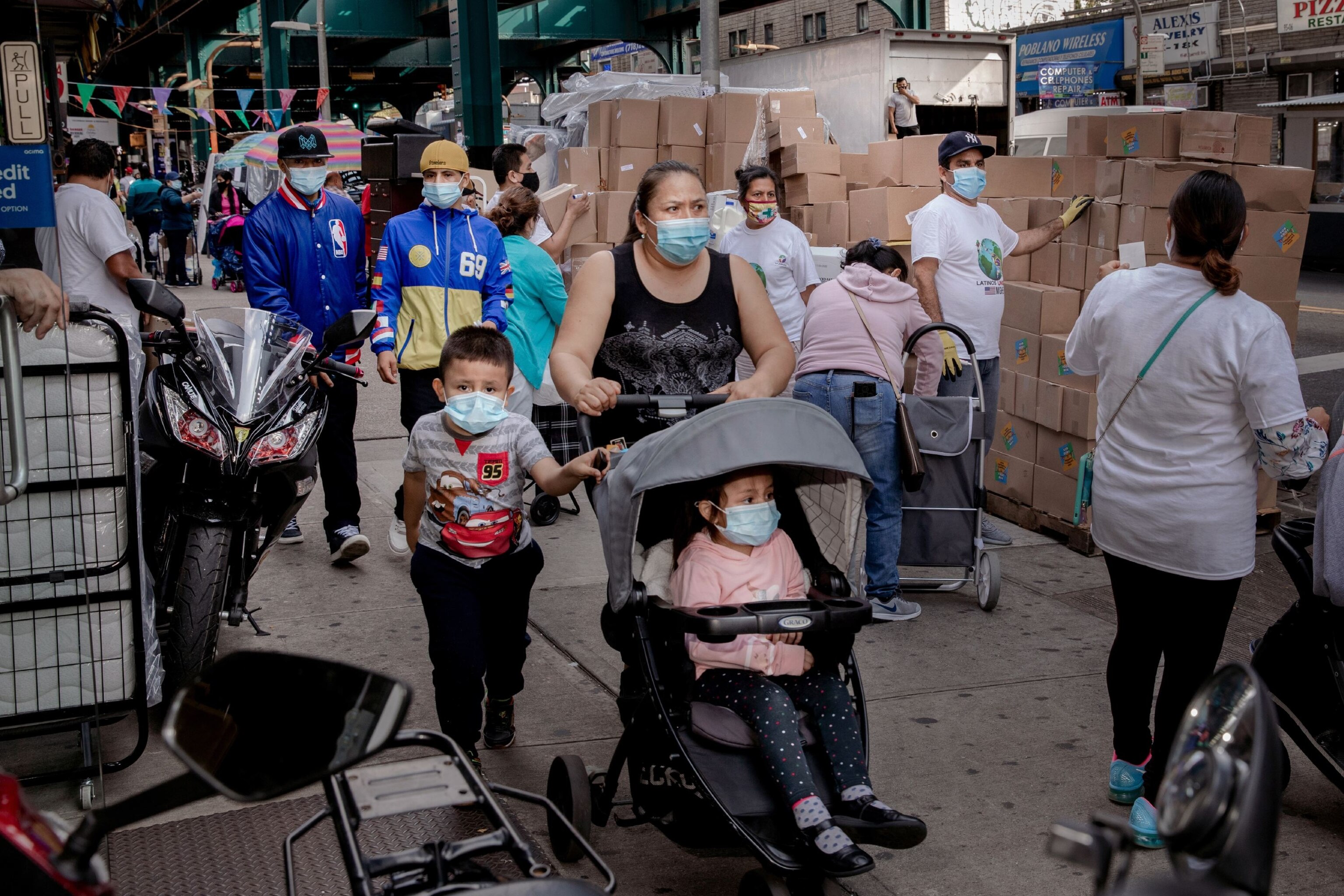
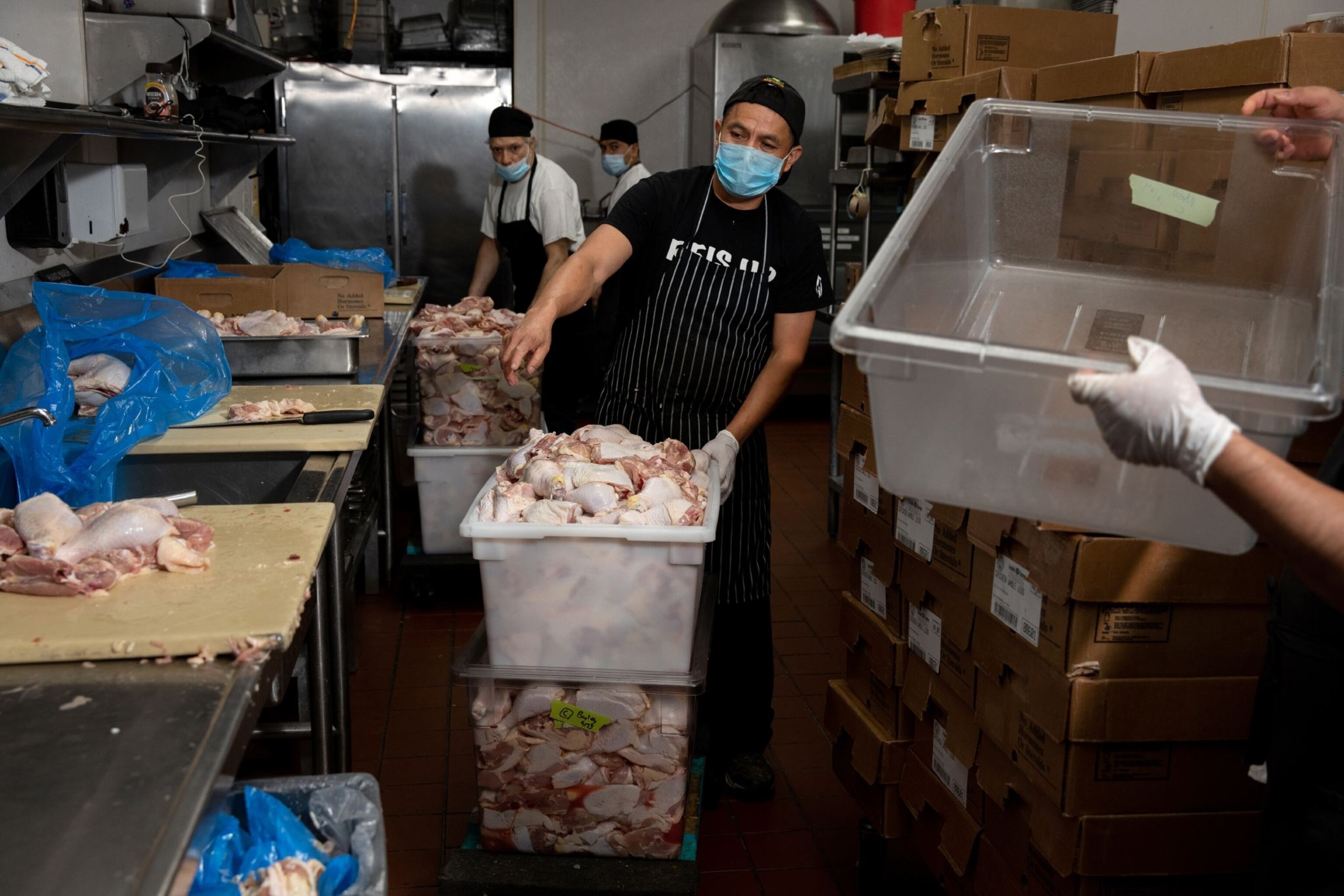

“There is a lot, a lot of need,” added Segundo Yungan, a married father of three who started visiting food pantries when his restaurant work evaporated in March. Around the same time, he said, he stopped sending money to his parents and siblings in the rural province of Chimborazo, Ecuador: “It’s the same problem there, but worse.”
In Queens, the pantries run by schools, churches, and cultural centers are a lifeline, providing crucial stopgaps against hunger where the government is absent. “In some cases, people aren’t eligible for federal government support like SNAP,” said Oltmans, referring to what’s commonly known as the federal Food Stamp Program.
The Coronavirus Aid, Relief, and Economic Security (CARES) Act passed in March excluded immigrants without legal status and their families from the national stimulus package. Even if a child or relative might be eligible for federal support, Oltmans added, people are often scared that participating in government programs could impact their immigration cases. “There’s just widespread fear in the immigrant communities,” she said. “They don’t want to be seen as relying on the system given the current political environment, so they turn to the pantries as their safe haven.” (We depend on essential workers. Many are on DACA—and face a precarious future.)

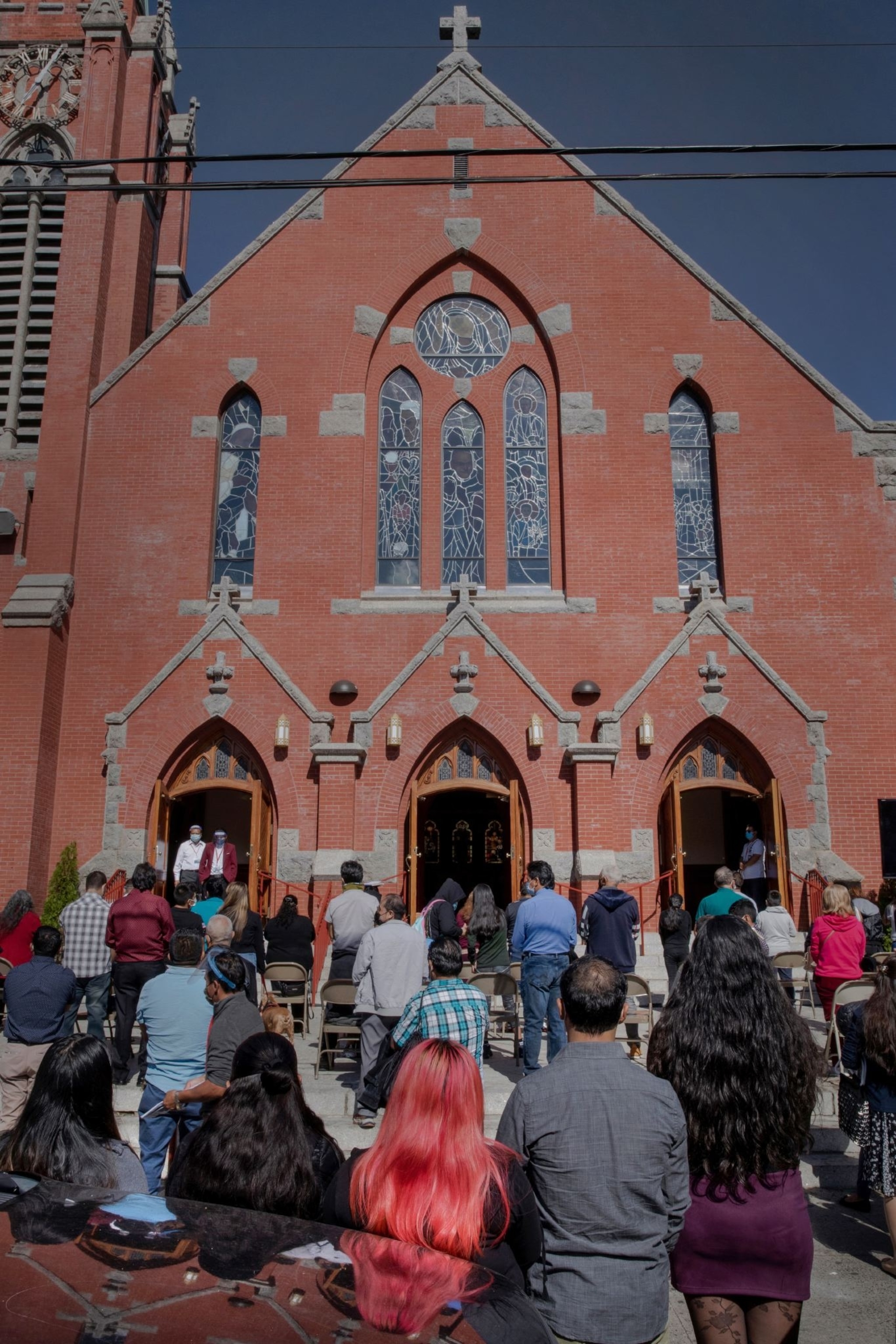

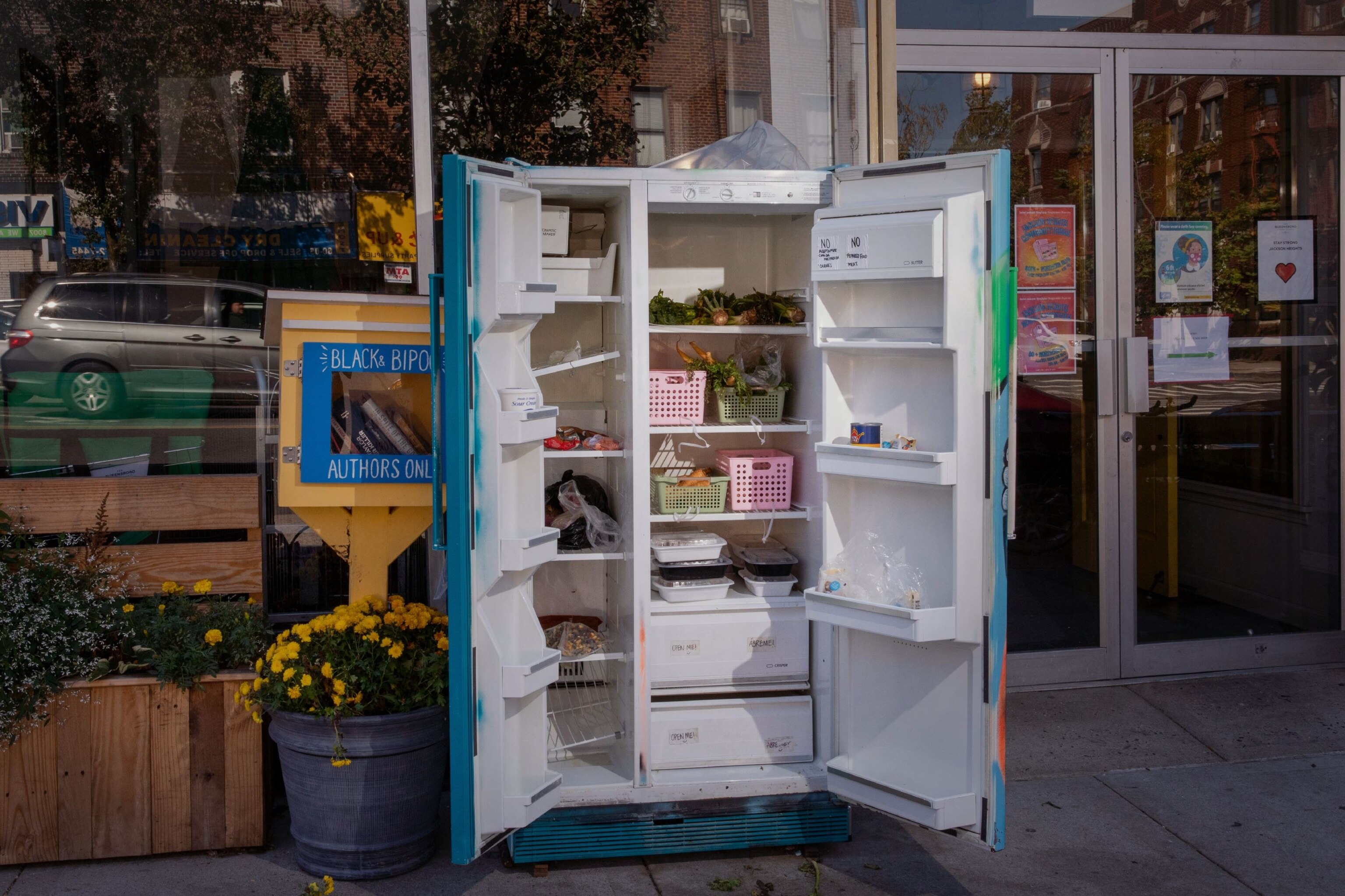
For Ciria, who can often be found on 34th Avenue shuttling her daughter between ballet classes and playdates, it only took a few weeks of standing in long lines to see that she was far from the only person in need. She realized that she could get a little more food, and far more satisfaction, by helping. Now she spends nearly every weekday at different food banks, volunteering her way to her family’s main source of sustenance. “It’s more interesting to lend a hand and then take home food well-earned,” Ciria said. “To serve others is a privilege.”
Rodríguez says that kind of energy has kept emergency food pantries like La Jornada alive through the extraordinary challenges of the past few months. When older volunteers stopped coming, fearful of the virus, a younger batch of helpers stepped up. In September, when Rodríguez ran out of donations and announced that La Jornada would have to close, trucks of food began arriving from synagogues and mosques and Hindu temples.
“All of this is the miracle of New York,” Rodríguez said. Later in the conversation, his cell phone rang: Someone was calling to see if the pantry still had food to distribute. When Rodríguez hung up, he sighed: “And that’s how you know this isn’t ending.”








